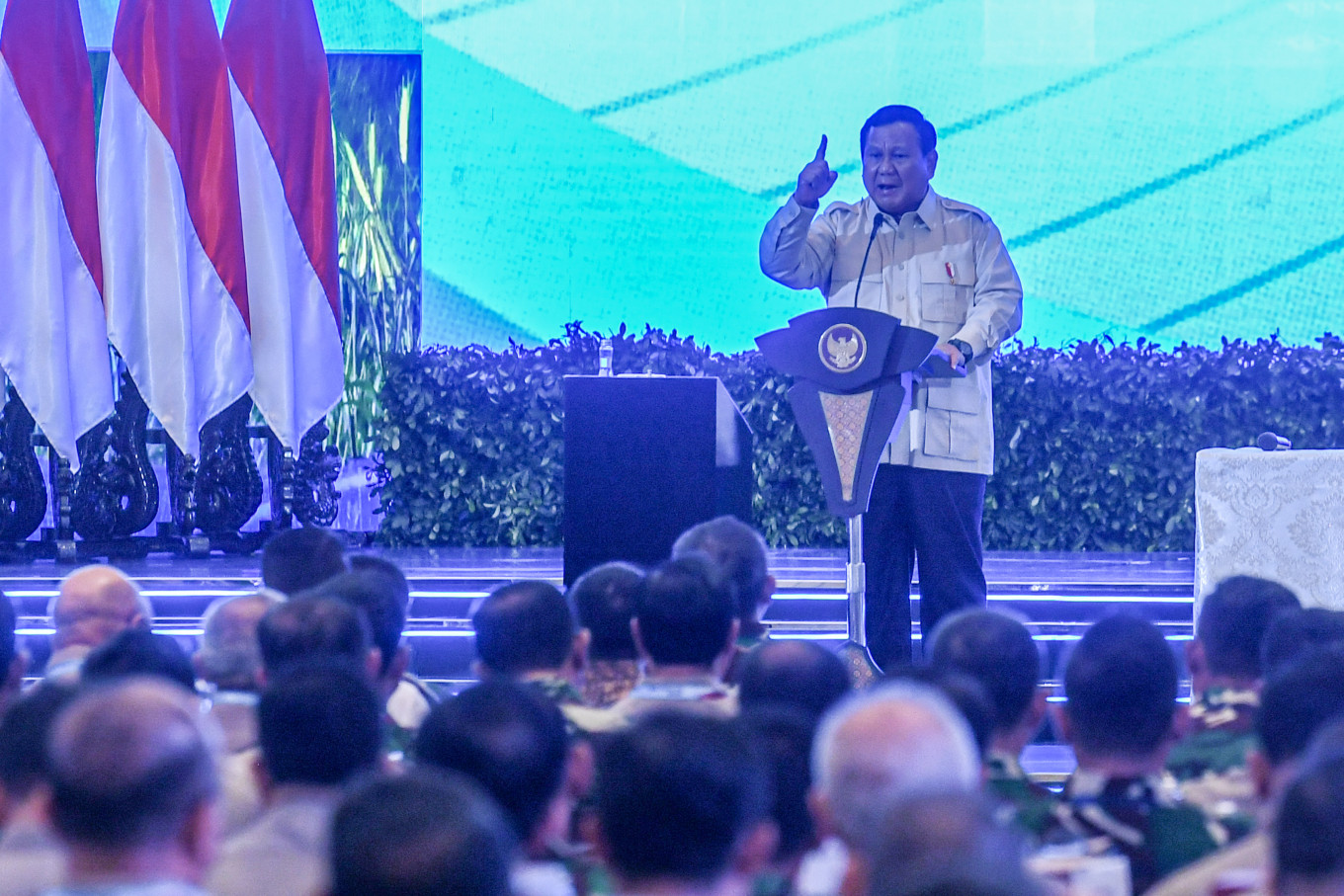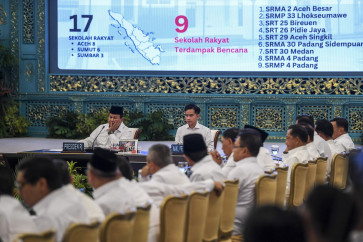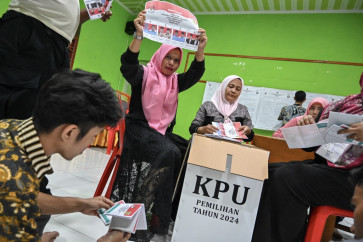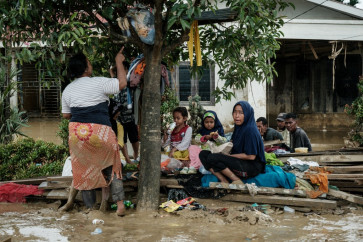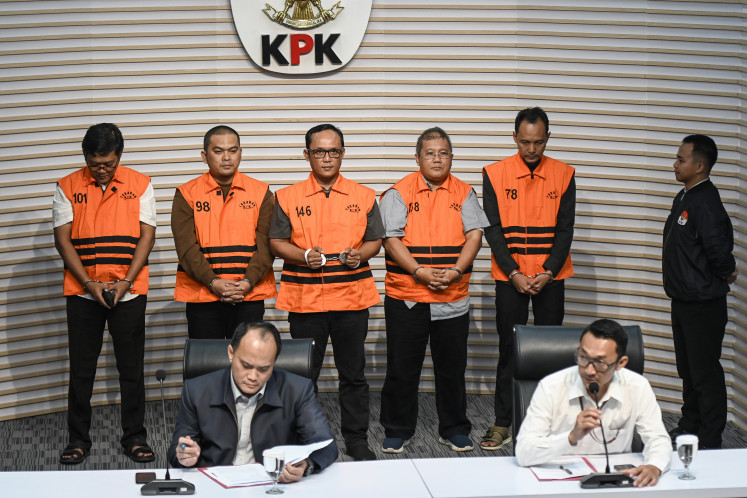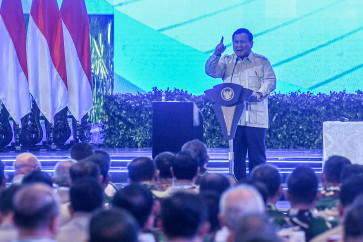Popular Reads
Top Results
Can't find what you're looking for?
View all search resultsPopular Reads
Top Results
Can't find what you're looking for?
View all search resultsThe legal dilemma of budget efficiency during economic slowdown
Regardless of the justification used, this policy potentially contradicts the fundamental principles of Law No. 62/2024 concerning the state budget for the 2025 Fiscal Year.
Change text size
Gift Premium Articles
to Anyone
P
resident Prabowo Subianto has issued Presidential Instruction (Inpres) No. 1/2025, mandating budget efficiency measures for the 2025 state and regional budgets. The policy targets savings of Rp 306.69 trillion, Rp 256.1 trillion from ministry/agency expenditures and Rp 50.59 trillion from regional transfers.
However, regardless of the justification used, this policy potentially contradicts the fundamental principles of Law No. 62/2024 on the state budget for the 2025 Fiscal Year.
Article 28 of the law clearly states that any adjustment to state expenditures must be based on actual revenue realization. If revenues fall short of the target, the government has five options: utilize the Budget Surplus (SAL), withdraw cash loans, issue Government Securities (SBN), use the cash balances of Public Service Agencies (BLU) and adjust expenditures. This implies that budget cuts should be a last resort, not a premature measure taken before revenue realization.
Explicitly, the government has the authority to adjust or modify state expenditures at any time and under any conditions, including adjustments at the beginning of 2025. However, the government should not overlook the opening clause of Article 28 of Law No. 62/2024, which emphasizes that decisions to adjust the budget should consider the realization of state revenues. This means that budget cuts cannot be implemented automatically or hastily at the beginning of the year without considering revenue realization.
The government has historically applied automatic budget adjustments or unilateral spending freezes at the start of the year in the name of fiscal prudence. However, cutting budgets before valid revenue data is available risks violating legal provisions. State revenue should be assessed over a longer period, such as quarterly, before deciding on expenditure adjustments.
For example, if state revenue realization during the fiscal year is estimated to reach only 85 percent of the target, or 15 percent short, the government, under Article 28 paragraph (1) letter e, is then permitted to cut ministry/agency budgets by 15 percent, adjusted to the realization. Alternatively, if certain budget items cannot be cut due to prioritization, such as education or health budgets, reallocation between programs can be implemented.
Budget cuts, whether priority-based or automatic, should not be implemented early in the year, as revenue realization remains uncertain. At this stage, fiscal indicators do not provide a strong basis for expenditure reductions.

